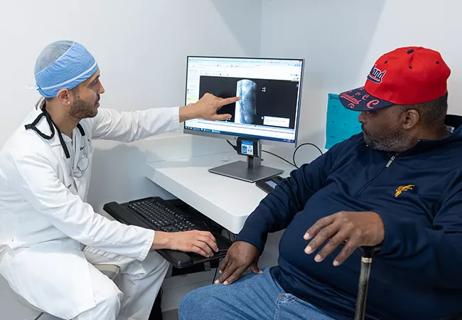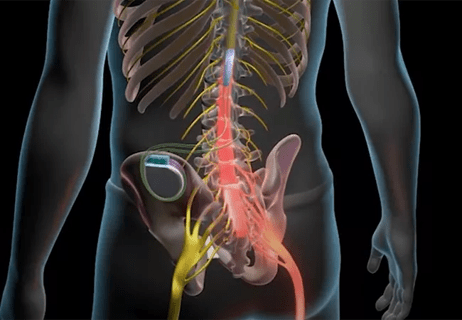
Study participants also reported better sleep quality and reduced use of pain medications

Two-hour training helps patients expand skills that return a sense of control

Telehealth aids in treatment of fibromyalgia and median arcuate ligament syndrome

Spinal cord stimulation can help those who are optimized for success
Advertisement
Cleveland Clinic is a non-profit academic medical center. Advertising on our site helps support our mission. We do not endorse non-Cleveland Clinic products or services. Policy

Program enhances cooperation between traditional and non-pharmacologic care

National Institutes of Health grant supports Cleveland Clinic study of first mechanism-guided therapy for CRPS

Patients report improved sense of smell and taste

Pain specialists can play a role in identifying surgical candidates

Individual needs should be matched to technological features
Advertisement
Advertisement